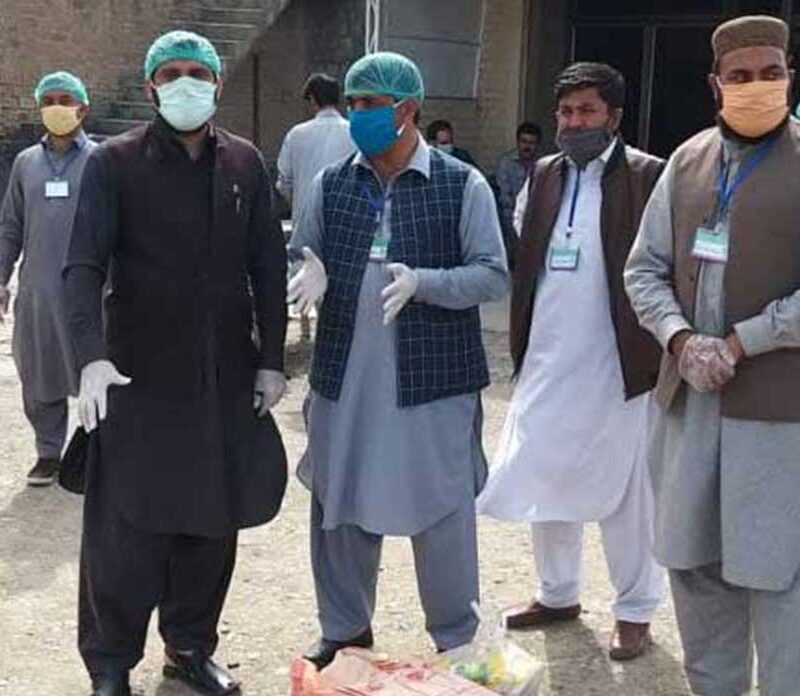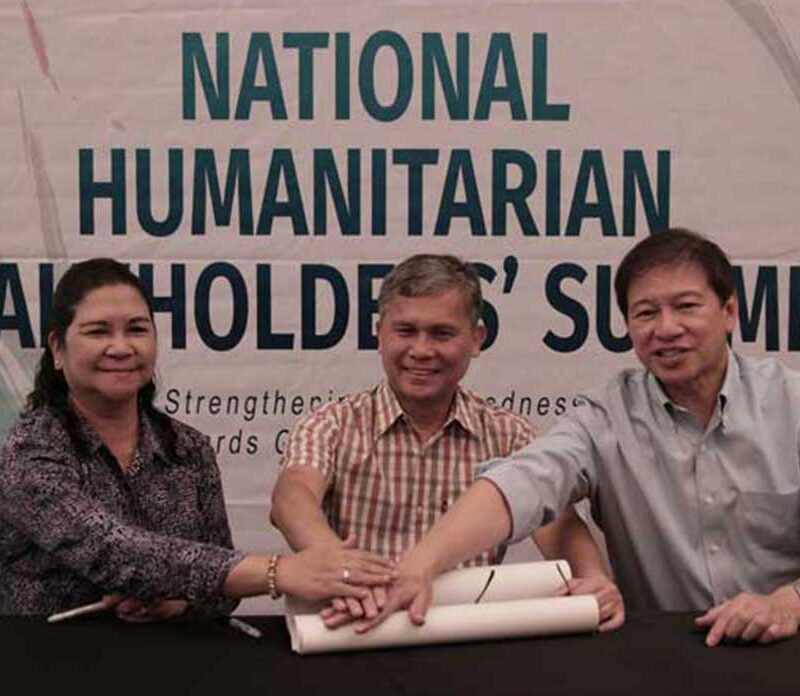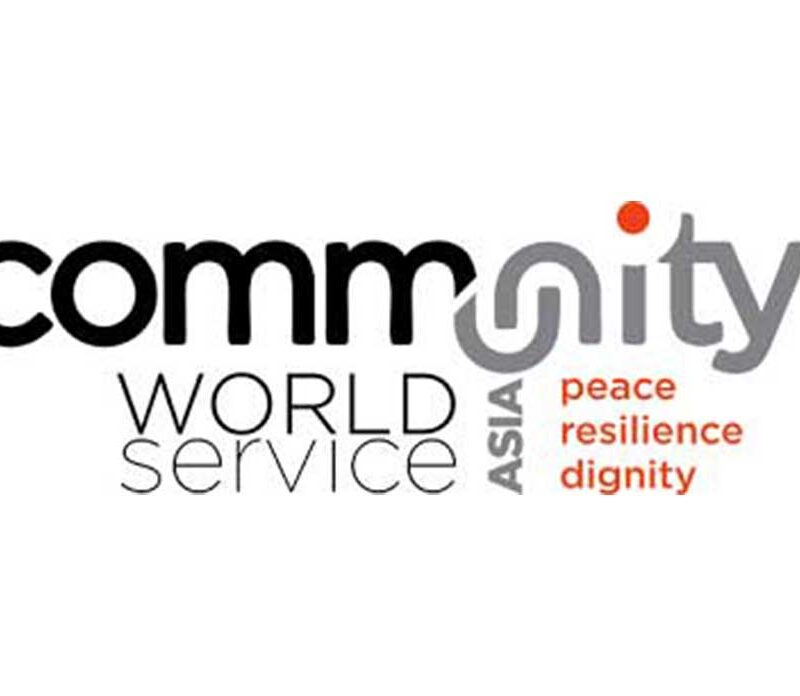Based on the Afghanistan’s risk profile, it is highly prone to intense and recurring natural hazards such as flooding, earthquakes, snow avalanches, landslides and droughts due to its geographical location and years of environmental degradation, that the situation of local level disasters is even worse and also, as a matter of fact, each time a disaster occurs, masses of school children are victimized. In addition, the school-related disaster data of the world clearly suggest that the school children are also in extreme risk of natural disasters, especially when they should be in schools.
Many research works have also examined that the effect of student’s participation in disaster education programs is always promising, and the outputs have been very effective, from other hand (Sendai Framework for Disaster Risk Reduction 2015-2030), the SFDRR is a forward-looking and action-oriented framework focusing on people-centered preventive approach to disaster risk.
The SFDRR highlights the need for improved understanding of disaster risk, strengthening disaster risk reduction and management, and focusing more on disaster preparedness and post-disaster efforts. therefore, the ALLOHA team started the first step toward Disaster Risk Reduction –DRR by publishing the BOOK with a brief introduction of DRR terminologies along with some dills to practices for Young adults and children, that how children can participate in DRR, awareness and can protect themselves and their families while any disaster occurs, though publishing This book is to implement the DRR Book “Children Awareness on Disaster Risk Reduction (DRR)” at schools
The DRR -Book aims to explore the benefits of education related to DRR at school levels for the young children. More specifically, carrying out these activities so that small threats are not changed into major ones, and to reduce the level of risk; get prepared for probable natural calamities and safeguard themselves and others, as the level of risks can reduce when government, people and children have awareness in this respect. This book examines the following aspects of DRR knowledge among the school children:
· Existing source of disaster-related information;
· The relationship between opinion of young children and the disasters;
· The structure of the commonly available key DRR issues in the community and understanding of young children.




